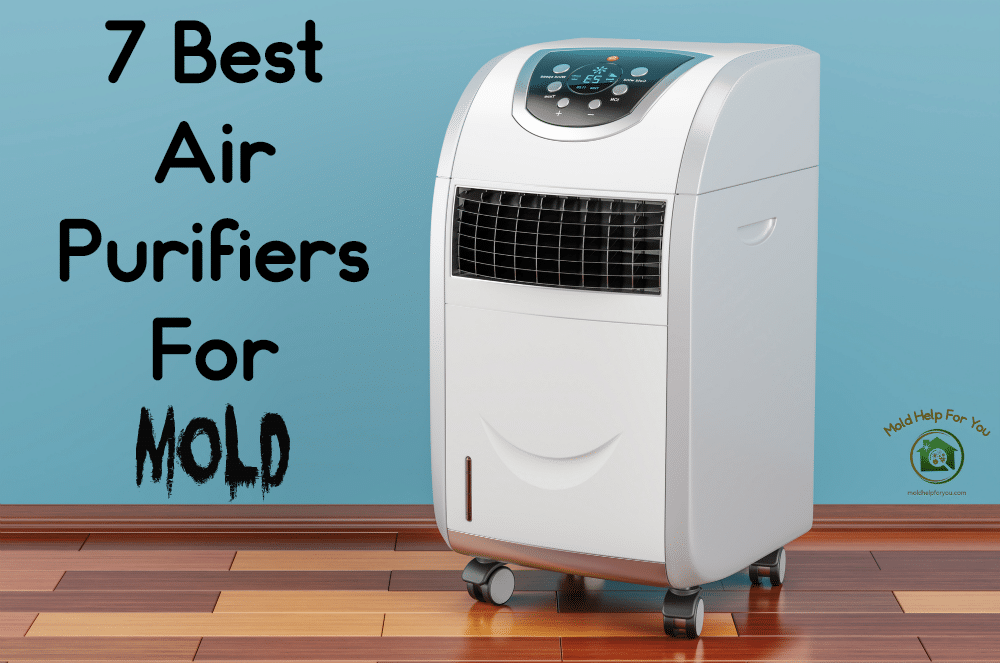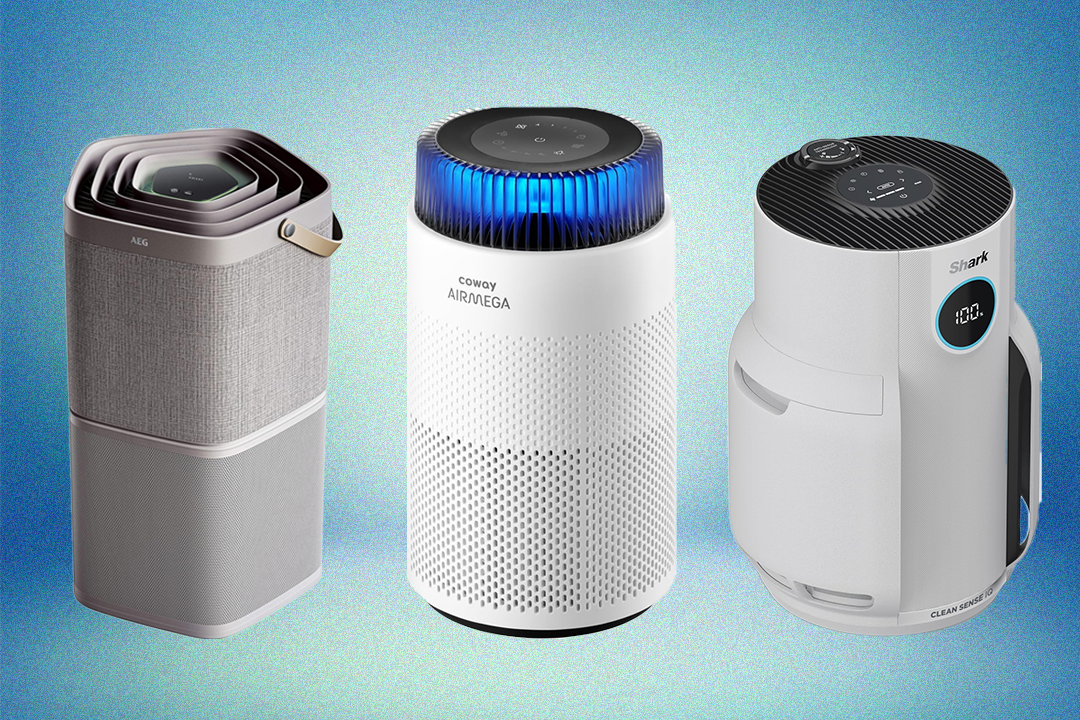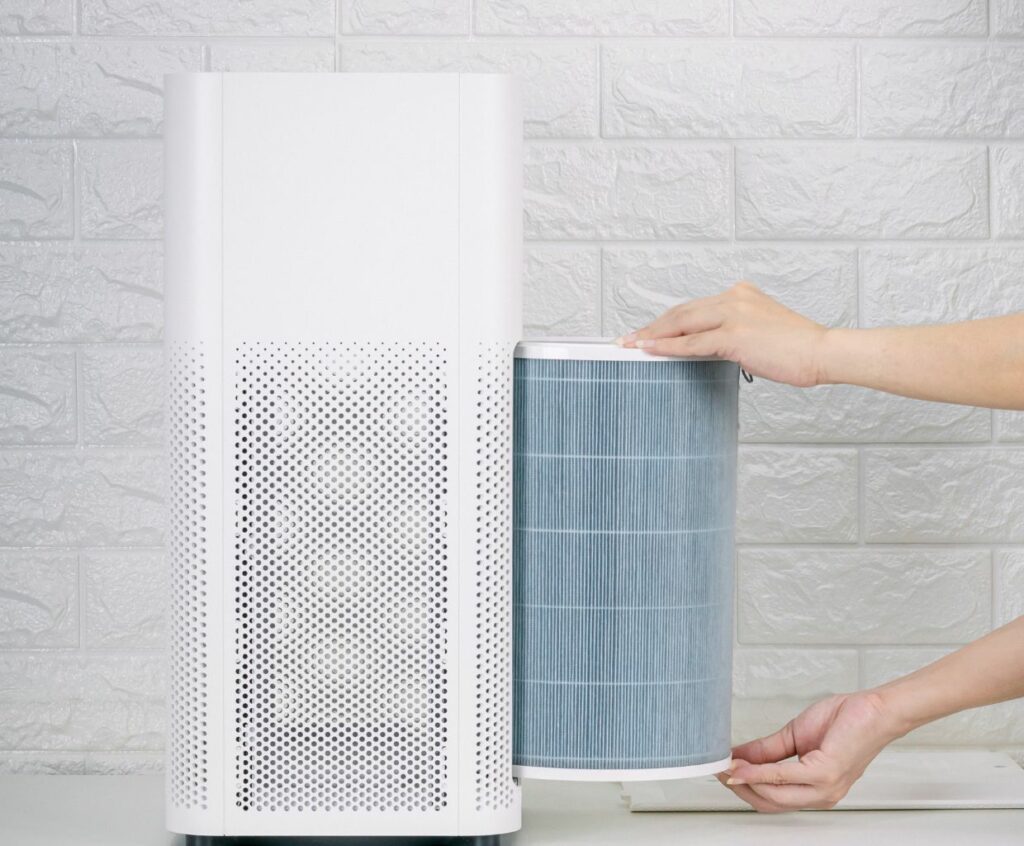Best Air Purifier For Mold And Allergies

Frequently Asked Questions: Best Air Purifiers for Mold and Allergies
Dealing with mold and allergies can be a constant struggle. An air purifier can significantly improve indoor air quality, but with so many options, choosing the right one can feel overwhelming. This FAQ addresses common questions to help you make an informed decision and breathe easier.
Q1: What kind of air purifier is best for removing mold spores and allergens?
The best air purifier for mold spores and allergens is one equipped with a HEPA filter (High-Efficiency Particulate Air filter). HEPA filters are specifically designed to capture 99.97% of particles as small as 0.3 microns, which includes mold spores, pollen, dust mites, pet dander, and other common allergens. Look for air purifiers that explicitly state they use a true HEPA filter.
While HEPA filters tackle particulate matter, an air purifier with an activated carbon filter is also beneficial. This type of filter helps absorb odors and volatile organic compounds (VOCs) released by mold and some allergens. Combining a HEPA filter with an activated carbon filter provides comprehensive air purification.
Q2: How do I know if I have mold or allergies in my home that warrant an air purifier?
Several signs can indicate mold or allergy issues, suggesting the need for an air purifier:
- Visible mold growth: This is the most obvious sign. Look for dark spots, discoloration, or a musty odor, especially in damp areas like bathrooms, basements, and kitchens.
- Allergy symptoms: Frequent sneezing, runny nose, itchy eyes, coughing, and congestion, especially indoors, can signal an allergic reaction to mold spores, pollen, or dust mites.
- Musty odor: Even without visible mold, a persistent musty smell can indicate hidden mold growth.
- Water damage: Past or present water leaks or flooding can create ideal conditions for mold growth.
- Respiratory issues: Worsening asthma symptoms or other respiratory problems can be triggered by mold or allergens in the air.
If you suspect mold or allergies, consider having your home professionally inspected and tested to confirm the presence and type of mold or allergens. An air purifier can then be used to help manage airborne particles and improve air quality.
Q3: What features should I look for when buying an air purifier for mold and allergies?
When choosing an air purifier, consider these key features:
- HEPA Filter: As mentioned earlier, this is crucial for capturing mold spores and allergens. Ensure it's a true HEPA filter, not just "HEPA-type" or "HEPA-like," which may be less effective.
- Activated Carbon Filter: For odor and VOC removal, look for a model with an activated carbon filter. Consider models with a large amount of activated carbon for better odor control.
- CADR (Clean Air Delivery Rate): This rating indicates how quickly the air purifier can clean a room of a specific size. Choose an air purifier with a CADR appropriate for the size of the room where you'll be using it. Higher CADR ratings are better for larger rooms.
- Room Size: Air purifiers are designed for specific room sizes. Select a model that's adequately sized for your space. Don't underestimate the room size; it's better to err on the side of a larger capacity.
- Multiple Fan Speeds: This allows you to adjust the purification level based on your needs and noise sensitivity.
- Automatic Mode: Some air purifiers have sensors that automatically adjust the fan speed based on the air quality.
- Filter Replacement Indicator: This feature alerts you when it's time to replace the filters, ensuring optimal performance.
- Noise Level: Consider the noise level, especially if you'll be using the air purifier in a bedroom or office. Look for models with a low noise rating (measured in decibels).
- Certifications: Look for certifications like the Asthma & Allergy Friendly certification from the Asthma and Allergy Foundation of America (AAFA), which indicates that the air purifier has been tested and proven effective in reducing allergens.
Q4: How often should I run my air purifier for mold and allergy control?
For optimal mold and allergy control, you should run your air purifier 24 hours a day, 7 days a week. This ensures continuous air purification and helps to maintain a consistently clean environment.
While running it continuously is ideal, you can adjust the fan speed based on your needs. For example, you might use a higher fan speed during peak allergy season or when mold spores are more likely to be present (e.g., after rain). During periods of low allergen levels, you can reduce the fan speed to save energy and minimize noise.
However, keep in mind that turning off the air purifier for extended periods allows allergens and mold spores to accumulate, potentially negating the benefits of using the purifier. Consistency is key.
Q5: How often do I need to replace the filters in my air purifier?
The frequency of filter replacement depends on the type of filter, the air quality in your home, and the manufacturer's recommendations. However, here are some general guidelines:
- HEPA Filters: Typically, HEPA filters should be replaced every 6-12 months. However, if you live in an area with high levels of pollution or have pets, you may need to replace them more frequently.
- Activated Carbon Filters: These filters usually need to be replaced every 3-6 months, as they become saturated with odors and VOCs over time.
- Pre-Filters: Pre-filters are designed to capture larger particles like dust and pet hair, extending the life of the HEPA and activated carbon filters. They should be cleaned every 1-3 months and replaced every year, or as needed. Some pre-filters are washable.
Always refer to the manufacturer's instructions for specific filter replacement recommendations. Using the air purifier with dirty or clogged filters reduces its effectiveness and can even damage the unit. Most air purifiers have a filter replacement indicator that will light up when it's time to change the filters.
Q6: Can an air purifier completely eliminate mold from my home?
No, an air purifier cannot completely eliminate mold from your home. An air purifier with a HEPA filter can capture airborne mold spores, preventing them from circulating and potentially triggering allergic reactions or respiratory problems. However, it does not address the source of the mold growth. If you have a mold problem, you need to identify and eliminate the source of moisture that is allowing the mold to grow.
To effectively deal with mold, you need to:
- Identify the source of moisture: Look for leaks, condensation, or other sources of water that are creating a damp environment.
- Repair water damage: Fix any leaks or water damage promptly to prevent further mold growth.
- Clean or remove mold-contaminated materials: Clean mold growth on hard surfaces with a mold-killing cleaner. Porous materials like drywall or carpet that are heavily contaminated with mold may need to be removed and replaced.
- Improve ventilation: Increase airflow in areas prone to moisture, such as bathrooms and kitchens.
- Use a dehumidifier: A dehumidifier can help reduce humidity levels in your home, making it less hospitable to mold growth.
An air purifier is a valuable tool for managing airborne mold spores, but it should be used in conjunction with other mold remediation efforts to effectively address the underlying problem. Consider consulting with a mold remediation professional for significant mold issues.
Q7: Where is the best place to put my air purifier for optimal performance?
The optimal placement for your air purifier depends on the size and layout of your home and the specific areas you want to target. However, here are some general guidelines:
- In the room where you spend the most time: This is often the bedroom, living room, or office. Prioritizing these areas ensures that you're breathing clean air for a significant portion of the day.
- Near the source of allergens or mold: If you know where the source of allergens or mold is located (e.g., a pet's bed, a damp basement), place the air purifier nearby to capture particles before they spread throughout the room.
- In a central location: If you want to purify the air in multiple rooms, place the air purifier in a central location where air can circulate freely. Open doors between rooms to improve airflow.
- Away from obstructions: Avoid placing the air purifier behind furniture or in corners, as this can restrict airflow and reduce its effectiveness.
- On a stable surface: Place the air purifier on a level, stable surface to prevent it from tipping over or vibrating excessively.
- Elevated position (if possible): Placing the air purifier slightly elevated (e.g., on a table or shelf) can improve its circulation.
Avoid placing the air purifier near open windows or doors, as this can draw in unfiltered air and reduce its effectiveness. Experiment with different locations to find the placement that works best for your home and your specific needs.








:max_bytes(150000):strip_icc()/AirPurifiers_LEVOITAirPurifierforHomeLargeRoom_HW_011-hires-48b9bb5bc4b64247876ffb8f28a3a2f2.jpeg)

